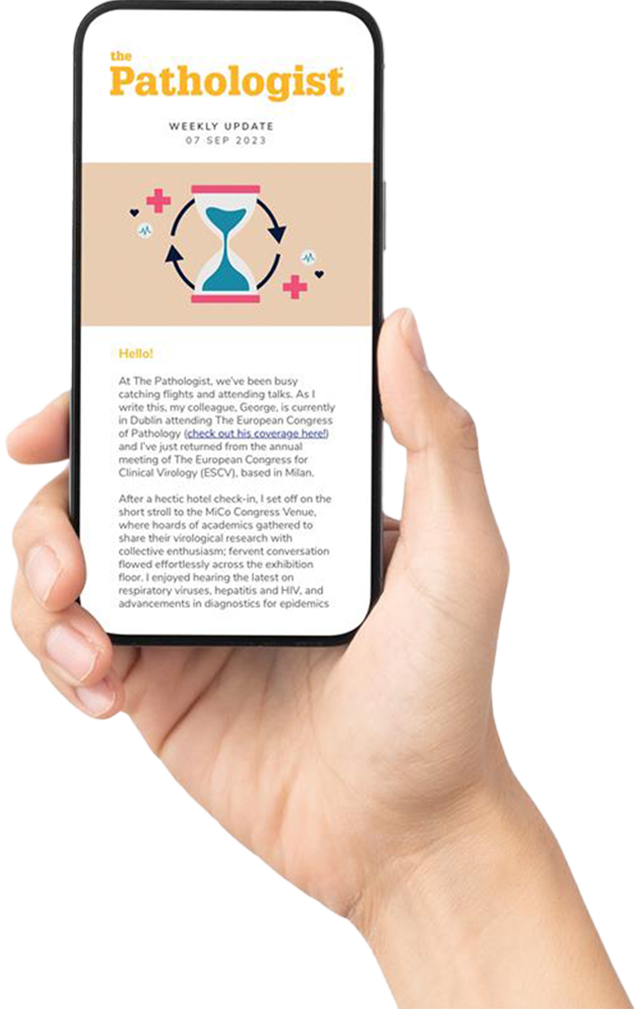Albumin excretion in urine is a common biomarker of diabetic kidney disease (DKD). Current routine screening methods not only have point of care limitations, but only identify patients in the late disease stages. Recently, a group of Australian researchers have combined ATR-FTIR spectroscopy with machine learning to rapidly profile proteins – such as albumin – in urine to detect DKD in its early stages (1). To gain more perspective, we asked the lead authors of the study – David Pérez-Guaita, Bayden Wood, and Karin Jandeleit-Dahm – a few questions.
Could you please introduce your work and its importance?
Our work focuses on the development of an infrared-based spectroscopic method that combines machine learning for the quantification and characterization of proteins in urine. The presence of specific proteins in urine is indicative of a wide range of diseases – including DKD and chronic kidney disease. And so, analytical tools that can quantify proteins at low levels are fundamental for the early detection of DKD. These techniques should be simple, fast, and portable enough to be used in close proximity to the patient in pharmacies or community clinics. Our instrument is the size of a shoebox, and provides accurate results in a few minutes at a reasonable per test cost.
Could you please share some details of your research?
We measured the urine protein extract – obtained by ultrafiltration – from 22 controls and 155 diabetic patients with normo-, micro-, and macro-albuminuria. Visual inspection of the spectra indicated a strong correlation between the amide bands from proteins and the total protein content of the samples. We applied support vector machine classification and regression models to extract the diagnostic information contained within the infrared spectra. The model was independently tested and successfully identified micro- and macro albuminuria with sensitivity of >91 percent and specificity of >99 percent. Furthermore, the regression methods predicted the amount of albumin with error values of 17 and 44 mg/L for normo- and micro albuminuric patients, respectively.
What are the advantages of using ATR-FTIR spectroscopy over conventional diagnostic techniques?
The current diagnostic test for DKD uses dipsticks for screening and can only detect albuminuria at medium levels with low sensitivity. More sophisticated techniques used in pathology labs have appropriate limits of detection (1 mg/L), but they are expensive and difficult to translate into point-of-care (POC) settings. There is therefore an urgent need to increase screening for early kidney disease – not only in the diabetic context. Early detection and treatment means less patients with end stage kidney disease that require costly dialysis and transplantation.
The main advantage of our technique is that it combines appropriate sensitivity, specificity, and POC capability for screening urine samples. Furthermore, ATR-FTIR is portable, so it may be taken to more remote, indigenous communities where DKD is far too common. We believe that – with automatization and cleaning of the spectral window – the technology can be improved and decrease the measurement time to a few minutes. The use of stable filters could also put the cost at the $1 level. Even so, commercialization of a technology is a long and expensive process.
What do you want diagnostic professionals to know about this type of testing?
When the term “machine learning” is used, professionals often assume that analysis is complex and can only be used by experts. We want people to know that the methodology is simple and can be performed in user-friendly software, cloud-based systems, or even interfaced through a mobile phone! Such apps have already proved successful for other IR-based clinical applications – including malaria diagnosis. These methods simply require the press of a button to input the spectra and, in a few seconds, test results are returned.
What about applications in other disease areas?
We would like to test the potential of the technique for diagnosing other diseases that modify the composition of proteins in urine (for example, hemoglobinuria). But, before tackling other diseases, we want to work on automatizing the protein extraction and cleaning process to improve the techniques POC capabilities. We are also studying the robustness of our method and plan to perform multicenter studies with different hospitals in Europe and Australia so that our method can hopefully – in the future – be implemented in a real-world setting.
References
- Z. Richardson et al., Analysis & Sensing (2022).




